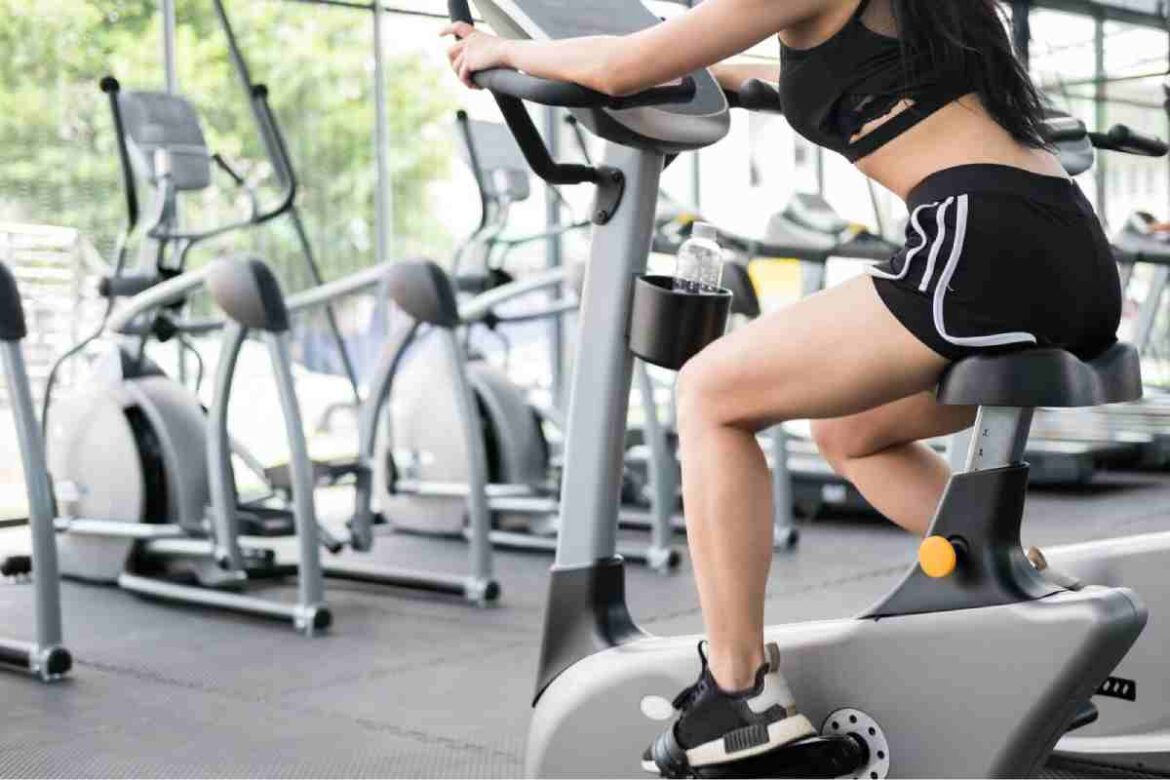The Connection Between Fitness and Vein Health: Tips for Active Living
Introduction
Regular physical activity plays a pivotal role in maintaining healthy veins and encouraging good circulation, aiding blood flow, reducing pressure on veins, and decreasing risk factors like varicose veins. While fitness can have numerous positive benefits on vein health, factors like prolonged inactivity or excessive exercise without adequate recovery time may adversely impact them. This article will explore this relationship while offering practical tips to remain active while simultaneously protecting veins using scientific research findings and expert recommendations.
How Exercise Supports Vein Health
Improving Blood Flow Through Physical Activity
Regular physical activity, such as walking, swimming and cycling helps pump blood back to the heart and prevent it from pooling in veins. This aerobic exercise strengthens cardiovascular systems to promote healthier blood flow while decreasing risk for varicose veins. According to Johns Hopkins, aerobic exercises can significantly lower the risk of vein issues by promoting circulation.
Exercise and Venous Pressure Reduction
Low-impact activities like walking or swimming can reduce venous pressure in the legs. This helps keep veins healthy by preventing conditions like varicose veins. Harvard Health notes that consistent movement helps reduce pressure on veins, promoting better blood flow.
Moderation and Balance in Exercise
Physical activity is beneficial to vein health; however, overexertion from high-intensity workouts like weightlifting without proper form or recovery may strain veins and cause them to tighten up and strain. A balanced workout schedule with enough rest periods is key in order to avoid vein stress.
Fitness Tips for Supporting Vein Health
Incorporate Daily Movement
Standing or walking on a regular basis is one of the best ways to promote circulation and relieve pressure on veins, while light activities like taking short walks during work breaks or stretching exercises may prove especially helpful in keeping blood moving throughout your system. Doing this helps avoid pooling that contributes to varicose veins.
Elevating Legs After Exercise
After exercising, elevate your legs to encourage blood flow back to the heart and prevent swelling. NCBI highlights that elevating your legs post-workout can regulate venous return and reduce fatigue, especially for those prone to varicose veins.
Compression Stockings for High-Risk Individuals
Compression stockings can be useful both during and after exercise for those at higher risk for varicose veins or those who spend prolonged time sitting/standing, such as those who work long shifts at desk jobs. They help promote blood flow to promote better venous pressure management.
By including these tips in your workout regime, you can ensure optimal vein function and avoid potential issues.
Preventing Varicose Veins Through Fitness
Varicose Veins and Sedentary Lifestyle Risks
An inactivity-heavy lifestyle such as prolonged sitting or standing can increase your risk for varicose veins. Reduced movement slows blood flow, which may pool in veins. As this happens, pressure builds against vein walls and eventually weakens their structure over time, eventually leading to swelling and discomfort.
Targeted Workouts for Vein Support
Low-impact aerobic exercises such as walking, swimming and cycling are an effective way to keep blood circulating without placing stress on veins and increasing pressure in them. They’re gentle yet highly effective in relieving venous pressure and preventing varicose veins. According to Johns Hopkins, regular aerobic exercise supports healthy veins by improving circulation.
Consulting a Vein Specialist
For those prone to varicose veins or experiencing symptoms such as swelling or leg pain, it’s important to consult a vein specialist for personalized treatment. For expert care and tailored solutions, visit Vein321 in Apopka.
This section outlines the importance of movement and targeted exercise in preventing varicose veins, with advice for those experiencing symptoms to seek professional guidance.
Maintaining Vein Health for Long-Term Active Living
Balanced Workouts for Optimal Vein Function
Maintaining healthy veins requires balancing strength training, aerobic exercises and flexibility routines to support circulation, muscle health and vein function. Keep workout intensity moderate; exertion beyond what is comfortable may place undue strain on veins.
Avoiding Extreme Exercises
High-intensity activities like weightlifting or long-distance running without adequate recovery time may increase venous pressure and lead to vein issues. To safeguard vein health, focus on proper form, gradual progress and enough rest.
Long-Term Benefits of Active Living
Consistent, moderate exercise can help prevent varicose veins, improve circulation and overall cardiovascular and venous health, as well as contribute to long-term well-being and reduce future vein problems. Adopting an active lifestyle supports long-term wellbeing while decreasing your risk for future vein issues.
This approach ensures lasting vein health while avoiding excessive strain.
Conclusion
Regular physical activity, especially low-impact exercises like walking and swimming, is crucial for vein health, especially through low-impact activities like walking or swimming. Elevating legs after workouts and using compression stockings may help avoid vein issues; keeping an appropriate workout routine ensures optimal circulation and reduces vein strain. Proactive care – such as staying active and consulting specialists when necessary – is necessary in maintaining overall wellness.


